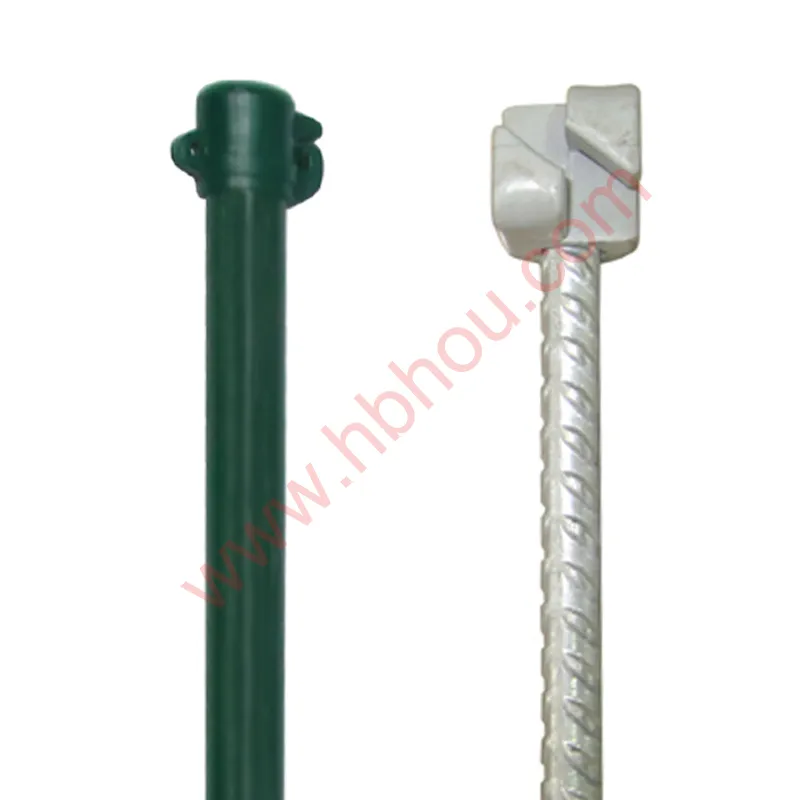The Importance of Silt Fences with Wire Mesh in Erosion Control
Soil erosion is a significant concern in both urban and rural settings. It not only diminishes the quality of our land but also impacts water quality, aquatic habitats, and overall environmental health. One effective tool for managing sediment runoff during construction or landscaping projects is the silt fence, often enhanced with wire mesh for increased durability and performance. This article explores the importance, benefits, and installation process of silt fences with wire mesh.
Understanding Silt Fences
A silt fence is a temporary barrier made from geotextile fabric that is used to trap sediment from erosion before it enters waterways. These fences are typically installed around construction sites, developments, or any area where soil disturbance occurs, ensuring that sediment-laden runoff is contained. The basic design of a silt fence consists of a horizontal length of fabric secured between wooden, metal, or plastic posts.
The Role of Wire Mesh
While standard silt fences are effective, incorporating wire mesh can significantly enhance their structural integrity. Wire mesh acts as a reinforcement, preventing the fabric from collapsing under the weight of accumulating sediment or during heavy rainfall events. This reinforcement is particularly crucial in applications where the soil is sandy or loamy, which tends to erode more rapidly. The mesh supports the fabric, allowing the silt fence to maintain its effective barrier properties over a longer period.
Benefits of Using Silt Fences with Wire Mesh
1. Enhanced Durability As mentioned, wire mesh increases the longevity of silt fences. This is especially important in environments subject to heavy rains or strong winds. The mesh helps the fence withstand turbulent water flow, preventing it from failing prematurely.
2. Improved Sediment Control The combination of geotextile fabric and wire mesh provides a more effective barrier to sediment movement. This improved efficiency ensures that more sediment is captured, thereby protecting downstream water bodies and preventing pollution.
3. Cost-Effectiveness While the upfront cost of silt fences with wire mesh might be higher than standard options, the long-term savings can be substantial. By reducing sediment loss and the potential for environmental damage, property owners may avoid costly fines associated with non-compliance to erosion control regulations.
4. Ease of Installation Silt fences with wire mesh are relatively simple to install. They can be set up quickly using standard tools, making them accessible to both professional contractors and DIY enthusiasts. This ease of installation facilitates rapid deployment in response to changing site conditions.
silt fence with wire mesh

5. Versatility These enhanced silt fences can be tailored to fit various project needs, whether in residential landscaping or large-scale construction. They can be used in diverse settings, including steep slopes, flat terrains, and areas prone to water pooling.
Installation Guidelines
Installing a silt fence with wire mesh involves several steps to ensure its effectiveness
1. Site Assessment Before installation, evaluate the site to identify high-risk areas for erosion and determine the appropriate length and height of the silt fence.
2. Prepare the Area Remove any debris, vegetation, or obstacles from the desired installation area to ensure proper placement and anchoring.
3. Install the Posts Place the posts securely in the ground at intervals of 6 to 10 feet. Ensure that they are driven deep enough to withstand pressure from water and sediment.
4. Attach the Wire Mesh Secure the wire mesh to the posts, ensuring it is taut and durable. This will serve as the backbone for the silt fence.
5. Add the Geotextile Fabric Attach the geotextile fabric to the wire mesh by overlapping the fabric along the top and securing it to the posts. Ensure the fabric extends into the ground at the base to prevent water from flowing underneath.
6. Inspect and Maintain Regularly check the silt fence for sediment buildup or damage, especially after heavy rains. Perform maintenance as necessary to keep it functioning effectively.
Conclusion
Silt fences with wire mesh play a crucial role in effective erosion control and sediment management. Their durability and enhanced performance make them an indispensable tool for protecting our environment from the adverse effects of soil erosion and sediment runoff. By implementing these measures, individuals and businesses can contribute to the conservation of our natural resources while adhering to environmental regulations. Taking proactive steps to manage erosion not only helps in preserving the immediate landscape but also safeguards our waterways for future generations.
















